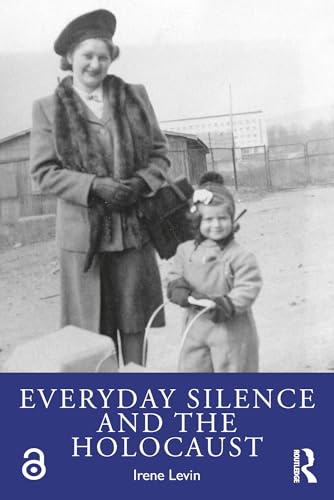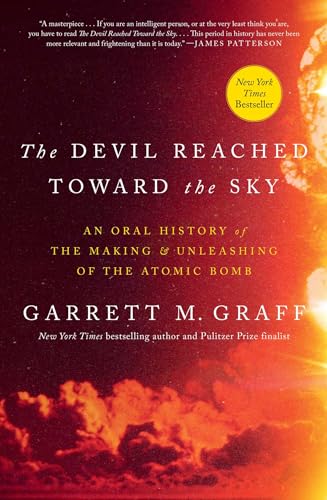
The Legacy of World War II in European Arthouse Cinema
by Samm Deighan
Popularity
3.72 / 5
* A book's popularity is determined by how it compares to all other books on this website.
Where to buy?
Buy from Amazon* If you buy this book through the link above, we may receive a small commission at no extra cost to you.
The Legacy of World War II in European Arthouse Cinema by Samm Deighan
Details
War:
World War II
Perspective:
Researcher
True Story:
Yes
Biography:
No
Region:
Europe
Page Count:
237
Published Date:
2021
ISBN13:
9781476643397
Description
Brief Summary
The Legacy of World War II in European Arthouse Cinema by Samm Deighan delves into the profound impact of World War II on post-war European cinema, focusing on films produced between 1945 and 1985. The book highlights movies from countries that experienced Nazi occupation or invasion, such as Poland, France, Italy, the Soviet Union, and Germany. It examines how arthouse directors like Pier Paolo Pasolini, Rainer Werner Fassbinder, and Larisa Shepitko, among others, portrayed the war in ways that diverged from mainstream narratives. These films often challenged the conventional heroic portrayals of war, presenting instead more controversial and nuanced interpretations.
Main Themes and Topics
Deighan's work primarily explores how European arthouse cinema redefined narratives around World War II, moving beyond the binary of good versus evil. The book thoroughly investigates themes such as the construction of national identity post-war, the representation of trauma and violence, and how these films addressed complex subjects like personal responsibility and the ambiguity of justice. Additionally, there is a focus on the impact of war on human sexuality and body politics, all of which continue to influence contemporary global politics and culture.
Writing Style and Tone
Deighan's writing is insightful and scholarly, yet accessible to a broad audience. She meticulously dissects a selection of films, providing in-depth analysis and context to support her assertions. Her tone is both authoritative and engaging, inviting readers to reconsider previously held narratives about World War II and its cinematic representations. By balancing comprehensive research with clear narrative prose, Deighan ensures that her study is both informative and thought-provoking.
Criticism
One possible criticism of The Legacy of World War II in European Arthouse Cinema might be its dense subject matter, which could potentially overwhelm readers unfamiliar with the specific films or directors discussed. While Deighan provides extensive background and context, those without prior knowledge of European arthouse cinema may find some sections challenging to navigate. Additionally, the book's focus on lesser-known films might limit its audience to those already interested in niche areas of film studies.









